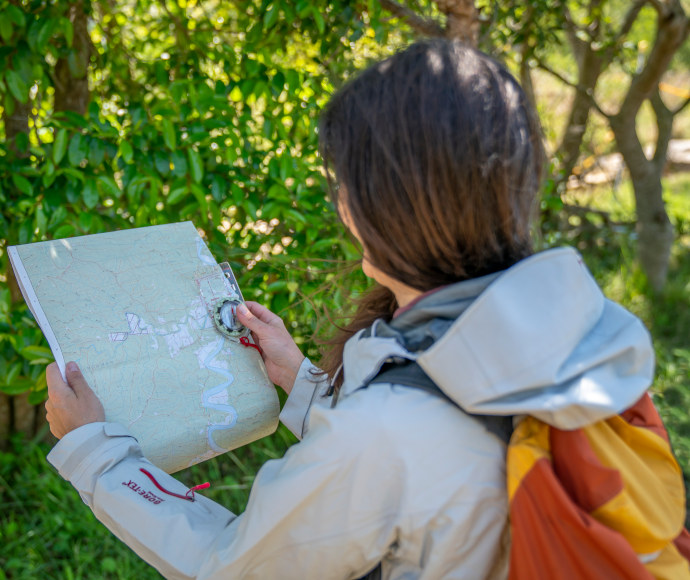The NSW National Parks and Wildlife Service (NPWS) has upgraded its digital capability to improve visitor safety and potentially save lives in NSW national parks.

Designed to keep bushwalkers safe during their adventures, the upgrade includes a more user-friendly trip intention form and SMS reminders to both the bushwalker and their designated emergency contacts before and after planned trips. The online system can also provide alerts to hikers if the park they were planning to visit has suddenly closed due to events such as unsafe weather or a bushfire so they can change plans.
NPWS will feed the information into a secure trip-intention database for use by NSW emergency services and park managers, better enabling swift incident responses, and to help keep visitors as safe as possible.
Over the 2022–23 financial year, 683 people were rescued during land searches by NSW Police, with a substantial number of these searches occurring in national parks. While most people are found within 24 hours, timely information about a visitor's planned trip location can be critical in ensuring their safe return.
NPWS Acting Executive Director Business Delivery Michael Vader emphasised the positive impact of these technological advancements on visitor safety.
'These changes will help protect the millions of bushwalkers, campers, skiers, and families who enjoy NSW national parks every year,' Mr Vader said.
'National parks are natural environments and weather events can impact safety. By improving the efficiency and effectiveness of our safety system, we can respond more quickly to get help to those in need,' he said.
The upgrades align with the Think Before You TREK bush safety initiative, a collaborative effort between NPWS and the NSW Police, aimed at promoting preparedness and visitor safety.
Trip intention forms have been instrumental in numerous search-and-rescue operations in parks across the state. The forms were also used during the 2019–20 fire season to identify, notify and evacuate visitors at risk of being caught in bushfires.






